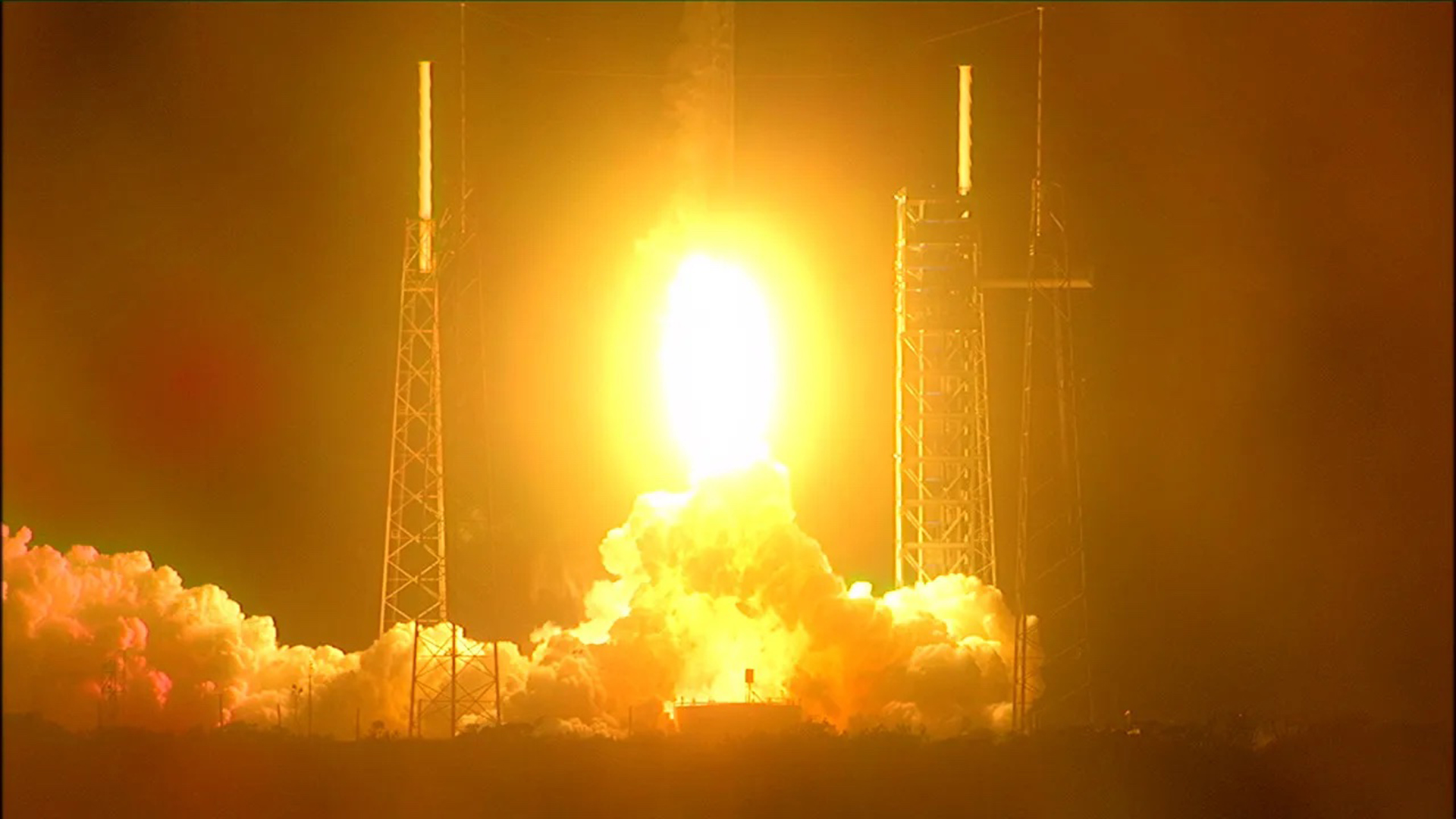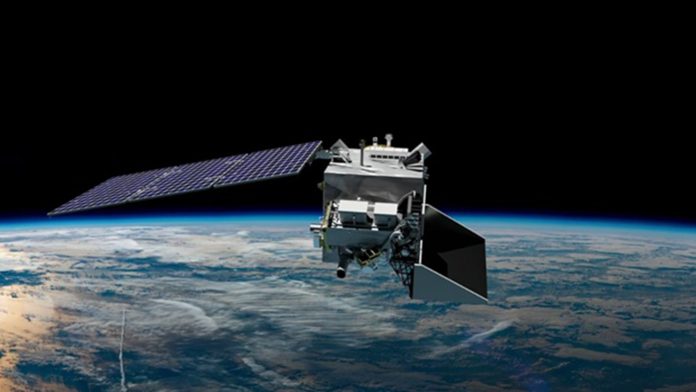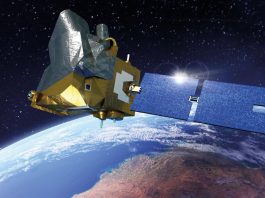NASA’s PACE mission has successfully launched into orbit, ushering in a new era of cutting-edge climate monitoring.
The space agency’s latest satellite mission, named PACE (Plankton, Aerosol, Climate, ocean Ecosystem), embarked on its journey into space at 1:33 am EST on Thursday, marking a significant milestone in the study of ocean health, air quality, and climate change.
Launched aboard a SpaceX Falcon 9 rocket from Space Launch Complex 40 at Cape Canaveral Space Force Station in Florida, the PACE satellite confirmed signal acquisition just five minutes after liftoff, with the spacecraft performing as expected.
Jeremy Werdell, a PACE project scientist, explained the significance of the mission: “After 20 years of thinking about this mission, it’s exhilarating to watch it finally realised and to witness its launch. I couldn’t be prouder or more appreciative of our PACE team.
“The opportunities PACE will offer are so exciting, and we’re going to be able to use these incredible technologies in ways we haven’t yet anticipated. It’s truly a mission of discovery.”

PACE: Understanding the effects of climate change
The PACE mission holds particular significance in understanding climate change’s effects on phytoplankton, crucial organisms in the global carbon cycle.
Phytoplankton absorb carbon dioxide from the atmosphere, playing a pivotal role in regulating Earth’s climate. With climate change causing shifts in ocean temperatures and chemistry, studying phytoplankton dynamics becomes imperative.
PACE will provide researchers with valuable data to monitor and assess these changes, helping to predict the health of fisheries, track harmful algal blooms, and detect shifts in marine environments.
Studying microscopic life in water and air particles
Operating hundreds of miles above Earth’s surface, the PACE mission is dedicated to studying the impact of minute, often invisible entities such as microscopic life in water and particles in the air.
The satellite is equipped with a hyperspectral ocean colour instrument, allowing researchers to observe oceans and water bodies across various light spectrums, from ultraviolet to near-infrared.
This capability enables the identification and tracking of phytoplankton communities globally on a daily basis, a first-ever achievement from space.
In addition to the ocean colour instrument, the spacecraft carries two polarimeter instruments, Hyper-Angular Rainbow Polarimeter #2 and Spectro-polarimeter for Planetary Exploration.
These instruments will provide vital data on how sunlight interacts with atmospheric particles, offering insights into atmospheric aerosols, cloud properties, and air quality at local, regional, and global levels.
By combining these instruments, PACE aims to unravel the intricate interactions between the ocean and atmosphere, shedding light on how a changing climate impacts these systems.
Contribution to global food security and economy
The research conducted through the PACE mission will have far-reaching implications for various aspects of human life.
Phytoplankton-driven ecosystems support critical resources for food security, recreation, and the economy.
By understanding how climate change affects these ecosystems, scientists can better prepare for and mitigate its impacts, safeguarding these vital resources for future generations.
As the PACE satellite begins its mission, NASA anticipates groundbreaking discoveries that will deepen our understanding of Earth’s interconnected systems and pave the way for informed climate action.









